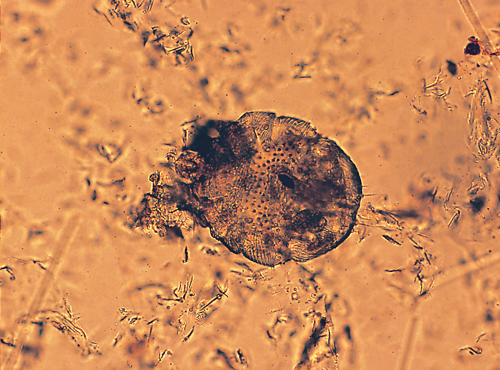Small Mammals Q&A 05
Revision as of 10:18, 20 June 2011 by Lwyasm1 (talk | contribs) (Created page with "<br style="clear:both;" /> {| align="left" width="100%" style="background-color:#04B4AE" |- | align="center" | 90px|Mansonlogo | align="left" | This ques...")
| This question was provided by Manson Publishing as part of the OVAL Project. See more |
A mouse develops pruritus and hair loss over its dorsum. The skin appears reddened with multifocal crusts and patchy alopecia. Another mouse in the same cage is asymptomatic. There is also a 10-year-old Yorkshire terrier recently diagnosed with allergic dermatitis living in the same household.
| Question | Answer | Article | |
| What are the differential diagnoses for pruritus and alopecia in the mouse? | The causes of pruritus and alopecia in the mouse include ectoparasites, dermatophytosis, bacterial infections, barbering, pinworms and neoplasia.
|
[[|Link to Article]] | |
| What diagnostic steps would you take to find the cause of the problem? | Perform skin scrapings, fungal cultures and skin biopsies to determine the cause.
|
[[|Link to Article]] | |
| What is the organism shown above and how would you treat it? | This Sarcoptes mite was found after a skin scraping. Two to three injections of ivermectin (0.20–0.40 mg/kg q 7–14 days) is usually sufficient to cause resolution of the signs. Insecticidal dips may be too toxic, even diluted, for mice. Use any insecticide product in mice with great caution.
|
[[|Link to Article]] | |
| What recommendations would you make regarding the other animals in the household? | Consider the other mouse an asymptomatic carrier and treat it with ivermectin. Since the dog may not be suffering from allergies but rather a mite infestation, it is important to examine all household pets and people for mites. The household environment should be thoroughly cleaned.
|
[[|Link to Article]] | |
